These race alternators are significantly lighter than the OEM unit. This results in the engine revving much quicker as well as a noticeable improvement in handling due to reduction of gyroscopic forces.
Typical gain on these units is 5-6hp. Up until now, the only options were high-priced YEC parts, or heavier, lower wattage alternatives. The BDK set costs over $5,000 less than the YEC counterpart for the 15+ YZF-R1 kit.
Weight loss of approximately 3lbs. Also included is an 'intelligent' switching rectifier, which is good for an extra horsepower or so.
This stator is rated at 240 watts.
Note: These are designed for racing use and will not be able to power your OEM lighting. Charging begins around 5,000 RPM.
More information:
This is the complete race generator kit including the lightweight flywheel, stator, mounting plate, cup fasteners, modified generator casing, pick-up adjuster plate, connectors and specific regulator / rectifier.
Significantly lighter than standard, offering higher output than 'race kit' versions, providing increased throttle response,less gyroscopic forces and more bhp everywhere. It is designed to fit high performance injection engines, and as a replacement for standard alternator systems.
Typical gains on a standard bike are around 4-5bhp and generally the higher the state of tune of the bike the greater the gain.
This state-of-the-art alternator uses a smaller 106mm diameter rotor (most of which is a thin plate to carry the ignition triggers), weighing only 362g – less than half that of the original rotor! This significantly reduces the effective weight of the crank by not only reducing the weight of the rotor, but also by reducing the radius over which this weight acts. Add to this the fact that we have moved more of the remaining mass closer to the center of the rotor reducing the inertial effect of the rotor.
Standard rotors are 121mm in diameter (compared to BDK at 106mm), so the speed of the edge of the rotor is higher – for example at 14000 rpm the standard rotor edge is travelling at 200mph, BDK's rotor is only travelling at under 175mph. Any motorcyclist knows that it takes significantly less time and effort to accelerate up to and stop from 200mph than it does with a vehicle twice the weight to and from 200mph; this translates to improved throttle response, quicker acceleration and reduced gyroscopic forces allowing the bike to lean over much easier.
With fuel injected bikes the option to run a 'total loss' system has become impossible, due to the drains from fuel pumps and injectors. The standard alternators are designed to run headlights etc and need to be able to supply significantly more power than you will ever need on a race bike. This means you can use a considerably smaller system, reducing the weight of the crankshaft assembly.
Most race kit generators have a smaller rotor with less windings running single phase in the stator so that they produce less outright power (and accordingly take less power from the crank to generate the electricity), and use a standard reg/rec.
The problem with this is that you have to rev the engine quite hard to produce any useable power and any excess electricity created is still converted to heat in the reg/rec and thrown out the back of the bike.
BDK generators also use a small rotor but BDK windings are 3 phase and have a lot of turns of fine wire. This allows us to provide strong and consistent power at lower revs, but the clever part is in the reg/rec. The reg/rec contains a switching system which cuts the generating power when the desired voltage is reached and therefore the power is not taken from the crank to convert to unwanted electricity in the first place. This is why BDK reg/recs run much cooler than standard models and why you cannot use BDK generators with a standard reg/rec as the generator would be under load all the time creating excessive heat in the windings.


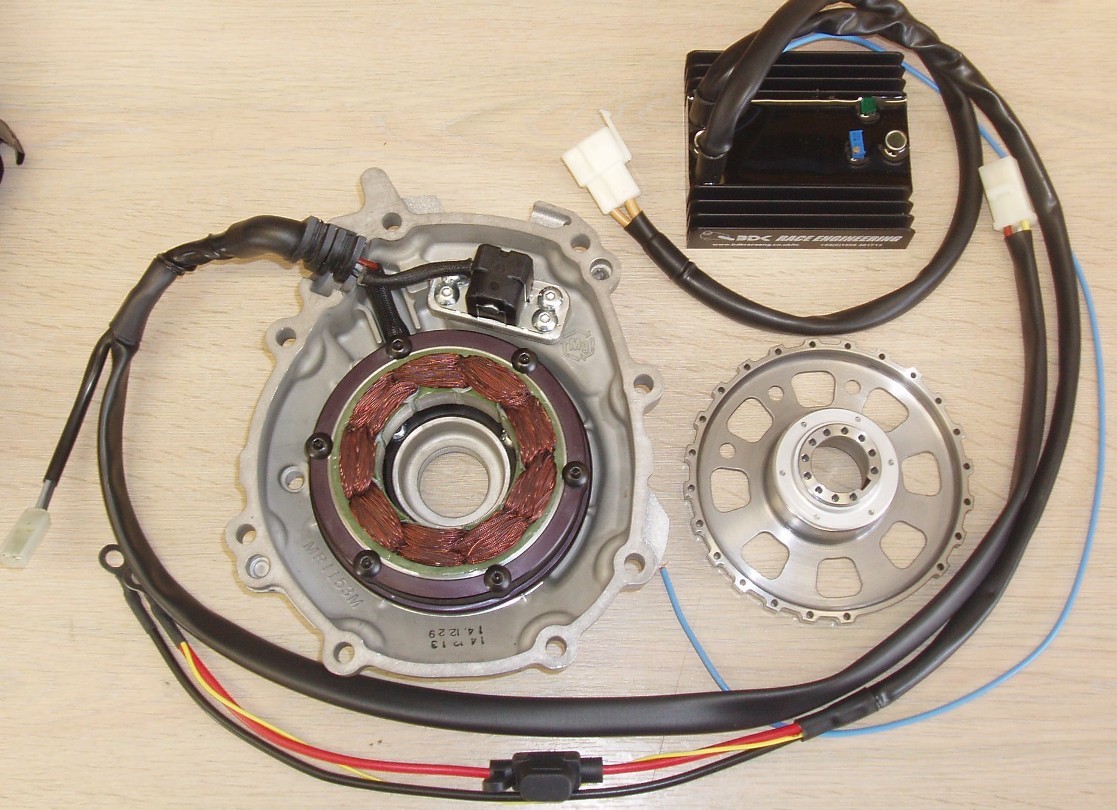
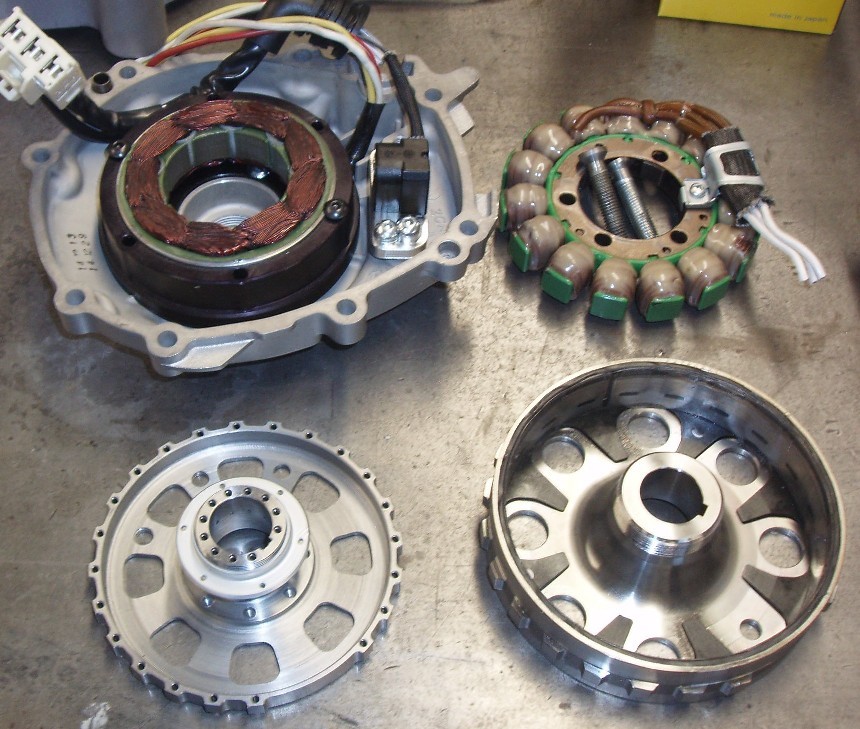
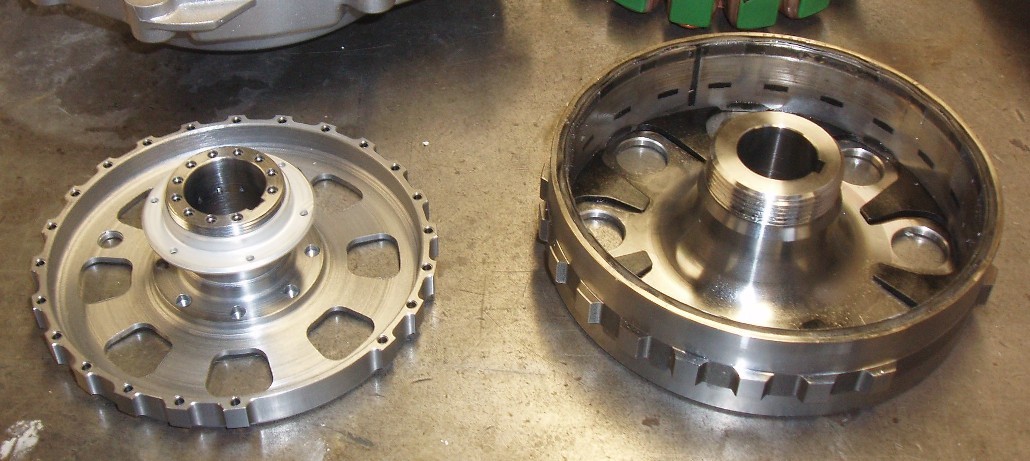
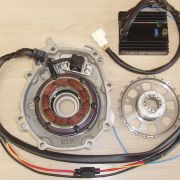
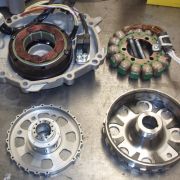
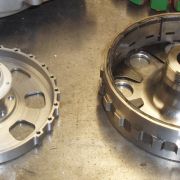
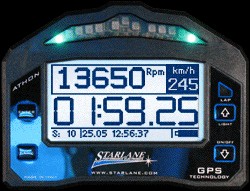
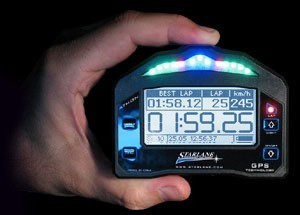

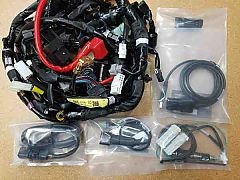
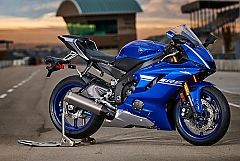
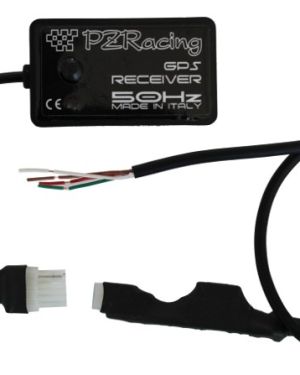
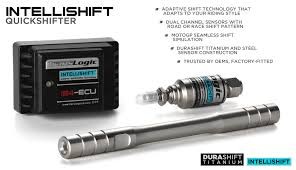
Reviews
There are no reviews yet.